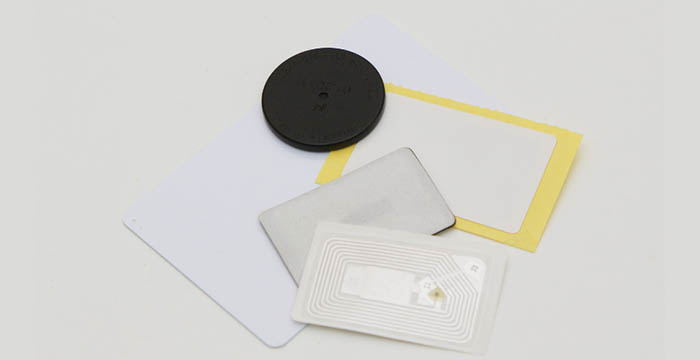UHF passive RFID tags provide a powerful way to track and monitor items, products, and shipments. These tags are used in many industries including retail, manufacturing, logistics, defense, and healthcare. They are small and lightweight yet offer long read ranges and fast data transfer speeds. In this guide, we’ll discuss the various types of UHF passive RFID tags available on the market today and their applications.
Advantages of UHF Passive RFID Tags
UHF passive RFID tags have several advantages over traditional barcode labels. For one thing, they can be read from greater distances (up to 30ft), making them ideal for tracking large items from afar such as pallets or containers in a warehouse. Additionally, because they don’t require line-of-sight to be read like barcodes do, you can easily identify items without having to take them out of their packaging. This makes them perfect for inventory management in dark or cluttered areas.
Types of UHF Passive RFID Tags
The two most common types of UHF passive RFID tags are tag cards and label stickers. Tag cards are typically larger than label stickers (usually about the size of a credit card) but they offer longer read ranges due to their larger antennae sizes. Label stickers are smaller and thinner than tag cards but they still offer relatively long read ranges and can be attached directly onto objects such as clothing or assets without taking up too much space or adding weight. Both types of tags have their own advantages depending on your needs so it’s important to consider which type is best for your application before making a purchase decision.
Applications for UHF Passive RFID Tags
UHF passive RFID tags can be used in a variety of ways depending on your needs. For example, they can be used in retail stores to enable customers to quickly check out using mobile devices instead of waiting in line at checkout counters; in warehouses and distribution centers for inventory management; or even in hospitals or medical facilities for patient tracking purposes. The possibilities are endless!
خاتمة:
With an understanding of the different types of UHF passive RF IDTags available and the various applications they have been successfully implemented into by other companies – there is no doubt that these versatile technologies will continue to grow in popularity moving forward as businesses seek ways to streamline processes, increase efficiency while optimizing cost savings across all industries worldwide! Whether you’re looking for an efficient way to manage your inventory or track patients within your hospital – investing in UHF passiveRF IDTags could prove beneficial for you business operations!


